Page Contents
- 1 OVERVIEW
- 2 WHAT IS CHOLESTEROL?
- 3 WHY DO WE CARE ABOUT CHOLESTEROL?
- 4 HOW IS CHOLESTEROL MEASURED IN THE BODY?
- 5 INTRODUCING THE MAJOR PLAYERS: THE LIPOPROTEINS
- 6 LETS START SIMPLE: MEASURING TOTAL CHOLESTEROL
- 7 LETS CONTINUE BEING SIMPLE: MEASURING TRIGLYCERIDES
- 8 WHAT ABOUT MEASURING HDL?
- 9 MEASURING LDL: THE INDIRECT METHOD
- 10 MEASURING LDL: THE DIRECT METHOD
- 11 FURTHER READING
OVERVIEW
The topic of cholesterol is an important one in medicine. Interestingly enough, because the topic has become so large, there are a few “quirks” in medicine when cholesterol is concerned. Often times terms and phrases are used without a full appreciation as to what the specifically mean, and this can be the source of much confusion!
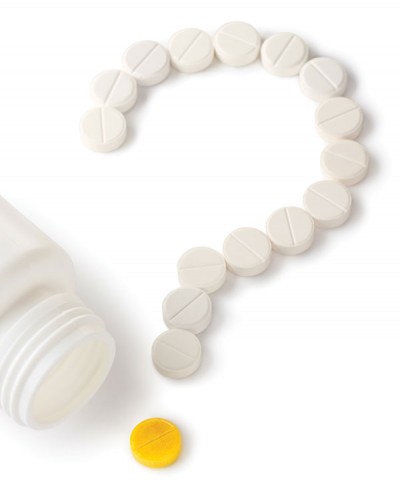
WHAT IS CHOLESTEROL?
In its most true definition, cholesterol refers to a lipid molecule. Forgetting for a second how this term is used in medicine, let us appreciate that cholesterol MOST SPECIFICALLY refers to the molecule whose structure is depicted below. It is a chemical structure, and the proper usage of the word “cholesterol” must be respected.
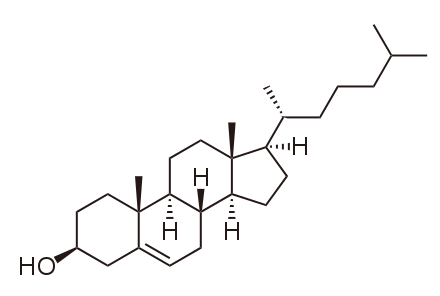
What about triglycerides? When cholesterol is discussed often triglycerides also seem to come up. It is important to appreciate that triglycerides are NOT cholesterol! They are a different type of lipid molecule characterized by a glycerol that is attached to three fatty acid chains.

WHY DO WE CARE ABOUT CHOLESTEROL?
Most everyone knows that cholesterol is important, however sometimes the “why” can escape us:
Cholesterol as an essential molecule of life: cholesterol is required for the structure of cell membranes, and is even used to create hormones within the body. It is fundamentally essential to human life!
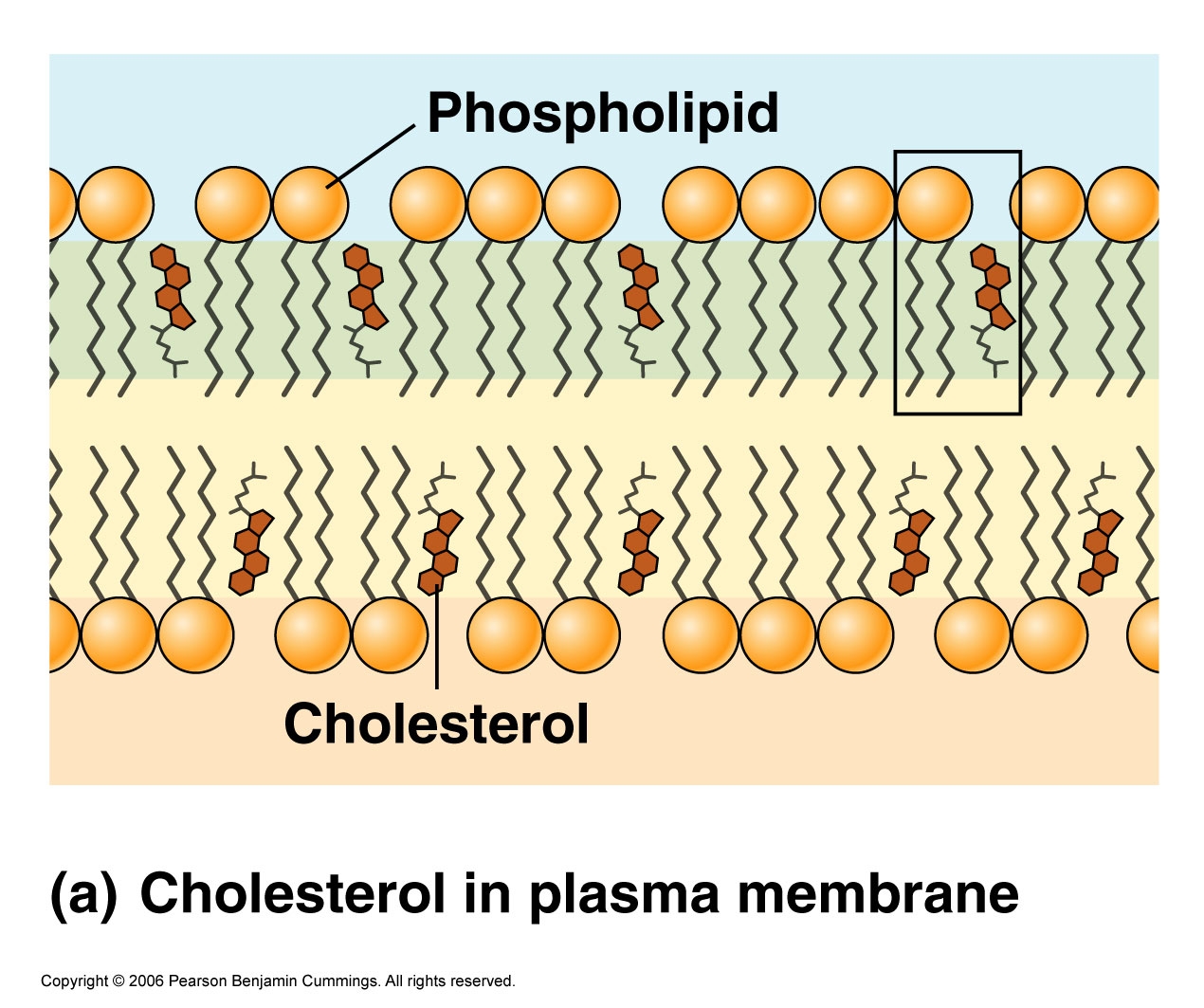
Cholesterol as a risk factor for disease: Too much cholesterol within the body has also been linked to dangerous medical conditions (more on this later). When it comes to cholesterol….balance is key!
HOW IS CHOLESTEROL MEASURED IN THE BODY?
Given that cholesterol is an important molecule we must appreciate that clinically there are methods by which we can measure cholesterol levels in the blood. Quite routinely a lipid panel is ordered for patients and the levels of cholesterol found in the blood are reported.
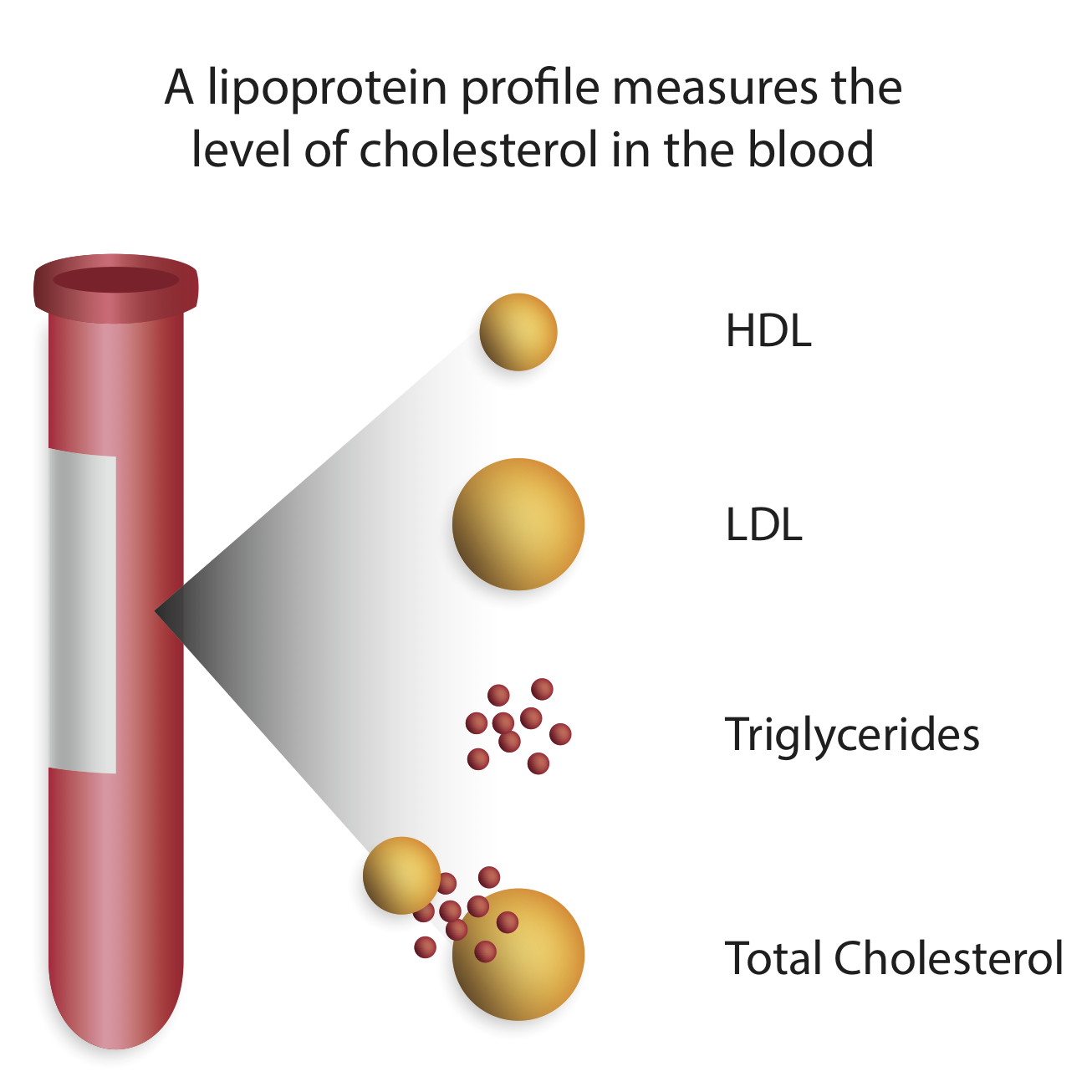
A lipid panel will report the following values:
- Total cholesterol
- Triglycerides
- High Density Lipoprotein (HDL)
- Low Density Lipoprotein (LDL)
This may seem simple enough…however this is where the quirks of medical practice begin! Let us begin to understand how each of the values are actually measured and reported (to decipher what they actually mean). This may seem too involved, however as you keep reading you will begin to appreciate how the “loose” usage of in medicine language can become problematic.
INTRODUCING THE MAJOR PLAYERS: THE LIPOPROTEINS
Before going any further, we must clarify exactly what lipoproteins are. There are a few different “flavors” of lipoproteins that we are concerned about clinically, however all lipoproteins fundamentally are particles that transport fat around the body. As the name suggests, these lipoproteins are composed of both proteins and lipids, and they transport triglycerides and cholesterol to different locations. Often lipoproteins will be called “cholesterol”. This is a quirk of medicine. LIPOPROTEINS ARE NOT CHOLESTEROL, HOWEVER THEY CONTAIN CHOLESTEROL.
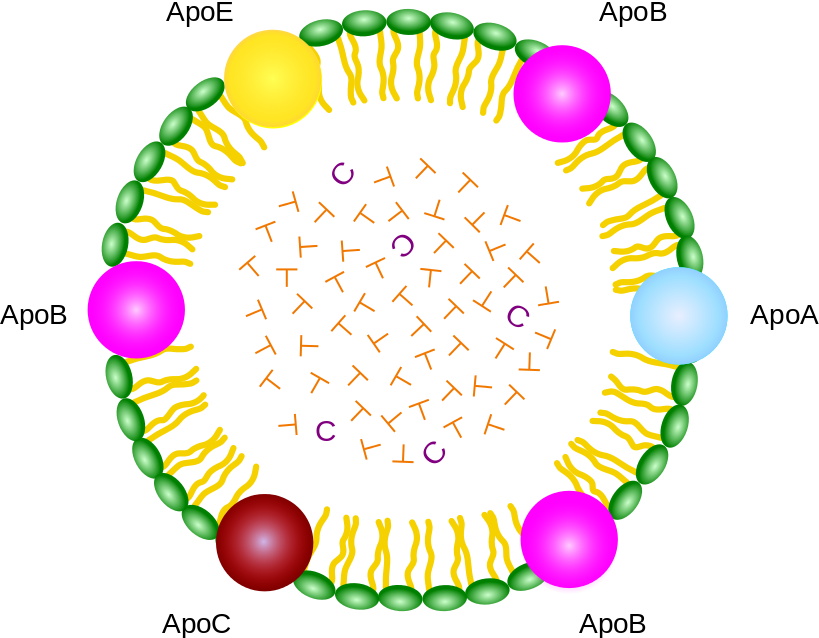
It is important to appreciate that not all lipoproteins are equivalent: Some of the specific lipoproteins are listed below:
- Chylomicrons: these are large particles that carry triglycerides form the intestines to the liver, skeletal muscle, and adipose tissues.
- Very Low Density Lipoproteins (VLDL): these carry newly synthesized triglycerides from the liver to adipose tissues.
- Intermediate Density Lipoproteins (IDL): these are an intermediate between VLDL and LDL (usually not detected in the blood when fasting).
- Low Density Lipoprotein (LDL): often called the “bad lipoprotein” because it carries fat molecules (phospholipids, cholesterols, and triglycerides) to the bodies tissues.
- High Density Lipoprotein (HDL): often called the “good lipoprotein” because it carries fat molecules from the body’s tissues back to the liver.
LETS START SIMPLE: MEASURING TOTAL CHOLESTEROL
Luckily the methodology/meaning of “total cholesterol” is intuitive when thinking about what is reported on a lipid panel. Fundamentally this value represents all the cholesterol that can be detected in the blood. This includes cholesterol that is being carried by all lipoprotein particles (such as LDL and HDL). Total cholesterol is measured enzymatically in the serum (meaning that regardless of the source, all the cholesterol that is present in the blood will react with the lab reagents and be detected).
LETS CONTINUE BEING SIMPLE: MEASURING TRIGLYCERIDES
Luckily, the methodology/ meaning of “triglycerides” is ALSO intuitive when thinking about what is reported on a lipid panel. Fundamentally this value represents all the triglycerides that can be detected in the blood. This includes cholesterol that is being carried by all lipoprotein particles (such as LDL and HDL). Triglycerides are measured enzymatically in the serum (meaning that regardless of the source, all of the triglycerides that is present in the blood will react with the lab reagents and be detected).
WHAT ABOUT MEASURING HDL?
Here is where things get a bit quirky! When a lab test is reporting a HDL value what does this mean exactly? It may seem intuitive that this value would be reporting the concentration of HDL lipoproteins in the blood, however this is NOT correct! In thinking specifically about the lipid panel it is important to appreciate that the HDL value actually stands for “HDL-cholesterol”. Most simply, HDL values reported actually refer to the amount of cholesterol that is present within HDL lipoproteins. This is why HDL is (misleadingly) referred to as “good cholesterol” (because its value represents the cholesterol that is being transported form the body tissues back to the liver, often times for excretion from the body).

How do we calculate this value? First all the sources of cholesterol other then HDL are chemically “blocked” from being detected with the enzymatic cholesterol assay (such as the one used to detect total cholesterol). Once this is done, then only the cholesterol molecules that are found in HDL remain detectible (and can be quantified in a manner similar to the one used to calculate total cholesterol).
FOR THE SAKE OF SIMPLICITY LET US APPRECIATE THAT HDL REFERS TO THE LIPOPROTEIN AND HDL-CHOLESTEROL REFERS TO THE CHOLESTEROL THAT IS PRESENT IN ALL OF OF THE HDL PARTICLES
MEASURING LDL: THE INDIRECT METHOD
Now that we have seen the issue of word choice when discussing HDL we can appreciate that LDL and LDL-cholesterol are NOT the same!
With this in mind now we can discuss measuring the levels of LDL cholesterol within the blood. It is important to understand that there are both indirect and direct methods of calculating this value. In many labs, once the total cholesterol and HDL-cholesterol has been measured, for the sake of convenience and cost, the LDL cholesterol is mathematically calculated. The formula is listed below.
LDL-cholesterol = (Total cholesterol) – (HDL-choesterol) – (Triglycerides/5)
Triglycerides/5 is a number used to estimate the amount of VLDL-cholesterol in the serum. And this element of the formula can be the downfall of the indirect method. That is to say, very high levels of triglycerides will compromise the accurate of this approximation and require the direct measurement of LDL-cholesterol.
WHEN READING AN LDL (**LDL-CHOLESTEROL!) VALUE MAKE SURE YOU ARE AWARE IF THIS NUMBER WAS CALCULATED INDIRECTLY
MEASURING LDL: THE DIRECT METHOD
While the more expensive option, the direct method of calculating LDL-cholesterol is more accurate (and will not be skewed by the value of triglycerides in the serum). Similar to how HDL-cholesterol is measured, in this test only the cholesterol from the LDL lipoproteins are quantified when measuring cholesterol enzymatically.
WHEN READING AN LDL (**LDL-CHOLESTEROL!) VALUE MAKE SURE YOU ARE AWARE IF THIS NUMBER WAS CALCULATED DIRECTLY
FURTHER READING
CDC laboratory procedure manual
Page Updated: 08.31.2016